Lynn Strongin Dodds explores the never-ending challenge in integrating ESG analysis into investment research.
Despite the demand for sustainable funds, the plethora of regulation especially in Europe and increased resources, fund managers are still struggling to find the right words. Studies show that providing tangible evidence to support decision making considerations remains elusive and, in some cases, the picture is getting worse.
This was the verdict of the Redington’s recent annual Sustainable Investment Survey. Canvassing 122 managers, covering 232 strategies, it found that 98% have a firmwide environmental, social and governance policy and 80% employ dedicated ESG or sustainable investment staff. In addition, across most asset classes, investment recommendations are being influenced by ESG factors. For example, 78% of equity and 84% of fixed income managers state that environmental issues impact analyst recommendations in most cases.
However, less than half or 43% of managers are unable to provide an example of a sell decision driven by an ESG view in the last year, compared with 39% in the 2021 report. The same trend is seen on the buy front with 35% not able to evidence an ESG-motivated decision, up from 26% last year. Moreover, only 57% stated that they have an exit strategy in place to respond to negative ESG performance.
An evolving landscape
In many ways, this is not surprising as ESG is a relatively new concept. It can be traced back to the 1960s to ethical investing but that was more straight forward as it involved screening out industries such as tobacco, weapons alcohol, tobacco, coal, oil sands and gambling. The actual ESG acronym only came into existence in 2004 on the back of a UN commissioned report which called for “better inclusion of environmental, social and corporate governance (ESG) factors in investment decisions”.
It took a while to catch on. PIMCO which analysed earnings call transcripts of about 10,000 global companies between May 2005 and May 2021, found that from May 2005 to May 2018, ESG mentions hovered between 0% to 1% of calls. By May 2019 these rose to 5%, and by May 2021, it was 19%.
The pandemic has been a driver but so too has investor demand. The outlook is promising even in the current turbulent market environment. Bloomberg Intelligence forecasts that ESG assets are on track to exceed $50 trillion by 2025, representing more than a third of the projected $140.5 trillion in total global assets under management. A good chunk of the growth is likely to emanate from the fresh crop of regulations, most notably the European Union’s Sustainable Finance Disclosure Regulation (SFDR) which came into effect in March 2021.

There are also attempts at greater uniformity. “From a standardisation standpoint, organisations like the International Sustainability Standards Board (ISSB) are working to harmonise existing metrics from the likes of TCFD (Task Force on Climate-related Financial Disclosures), the GRI (Global Reporting Initiative) and Carbon Disclosure Project (CDP),” says Diane Eshleman, chief sustainability officer at Delta Capita. “Having more universal definitions will go a long way toward helping fund managers to compare and contrast alternative investment options.”
The EU has its own template with the Corporate Sustainability Reporting Directive (CSRD) which is set to replace the Non-Financial Reporting Directive while the US Securities and Exchange Commission is working on a mandatory climate reporting framework.
A dual approach
One of the main goals is for analysts to evaluate not only the common financial metrics of earnings, profit margin, average order value, cash flow and return on assets but also the non- financial indicators. These range from a company’s environmental impact to general working practices, supply chain issues and cases of discrimination or sexual harassment.
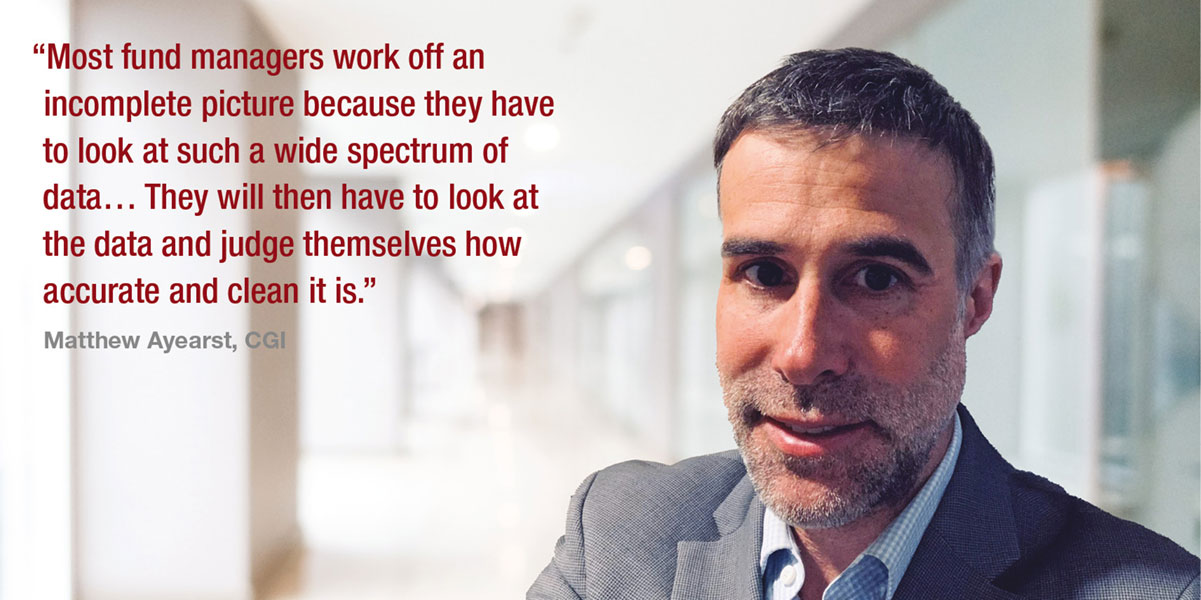
This will take time to permeate across the industry and finding the requisite data for analysis remains a significant challenge. As Matthew Ayearst, director of sustainability and capital markets Consulting at CGI, notes, “Most fund managers work off an incomplete picture because they have to look at such a wide spectrum of data that include traditional sources such as scores from several rating agencies, earnings calls, quarterly and annual reports as well as scraping data from the web and social media. They will then have to look at the data and judge themselves how accurate and clean it is.”
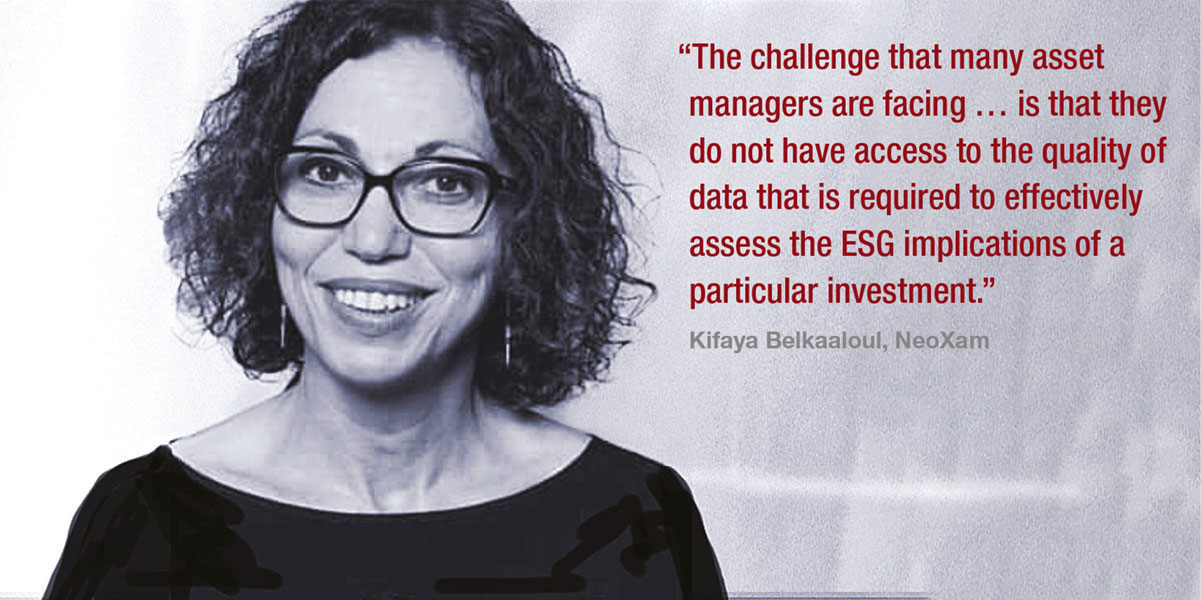
Kifaya Belkaaloul, head of regulatory at NeoXam agrees, adding that “the challenge that many asset managers are facing in implementing ESG strategies into concrete action is that they do not have access to the quality of data that is required to effectively assess the ESG implications of a particular investment. Unless firms can find a way to get easy access across the business to the information that underpins ESG scores, buy-side institutions are in danger of being unable to actually carry out ESG strategies.”
The questions asset managers have to ask are what data is material, comparable and how will it impact the decision-making process, according to Jag Alexeyev, head of ESG Insights for Broadridge. “Analysts are being asked to look not only at the impact of planet and people on a firm, but also at the impact of that firm on planet, people and society. It will of course differ across the asset classes as private markets, sovereign debt and equities will require different information and analysis.”
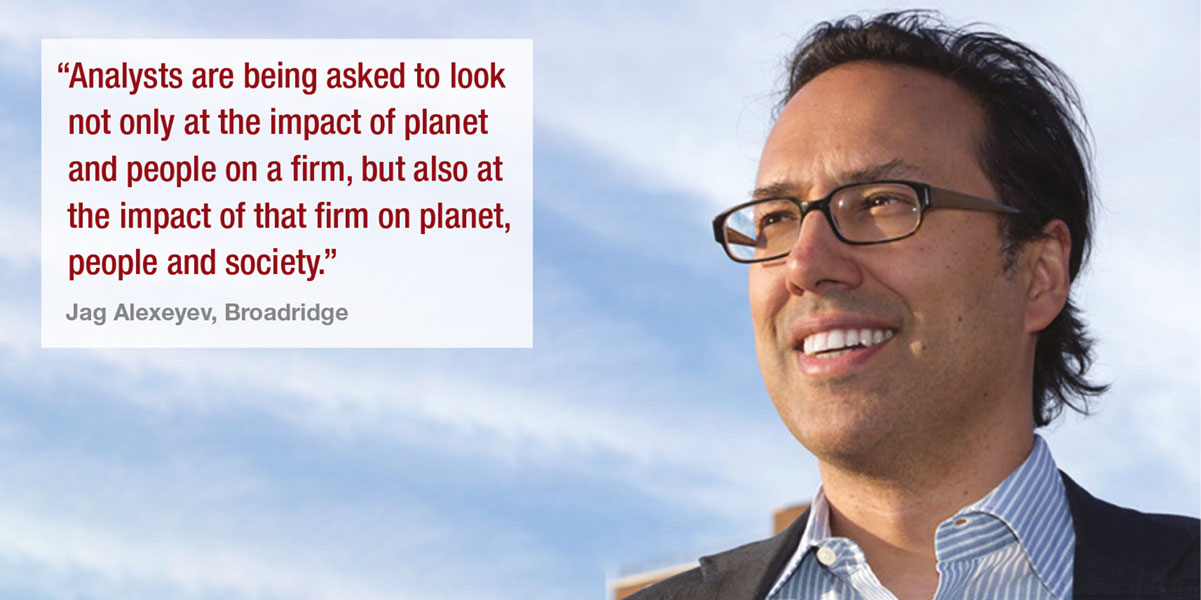
It is not surprising that to date, the E has been the centre of data attention. However, as Eshleman notes, companies are increasingly being challenged to report not just their direct greenhouse gas consumption but also to look across their entire ecosystem and capture the carbon impact of their suppliers, the so-called “Scope 3” emissions.
“In addition, there is a greater focus on other environmental impacts like the consumption of water and other essential resources, as well as land use,” she says. “Fund managers need to expand the focus of their investment analysis to include these additional factors. Then of course there are the “S” and “G” elements that are getting increased attention.”
As an example, she believes that analysts and fund managers must evaluate the working practices as well as the health and safety impacts of their full portfolio of products and services. As for governance, she notes that there should be a deep dive into the ownership and management structure of a potential investment to avoid exposure to sanctioned regions and politically exposed persons.
The best way forward, according to Martina Macpherson, head of ESG product management Financial Information at SIX is for research analysts to consider risk and performance objectives as they would for any other investment vehicle and develop fundamental thematic and factor related strategies in line with ESG.
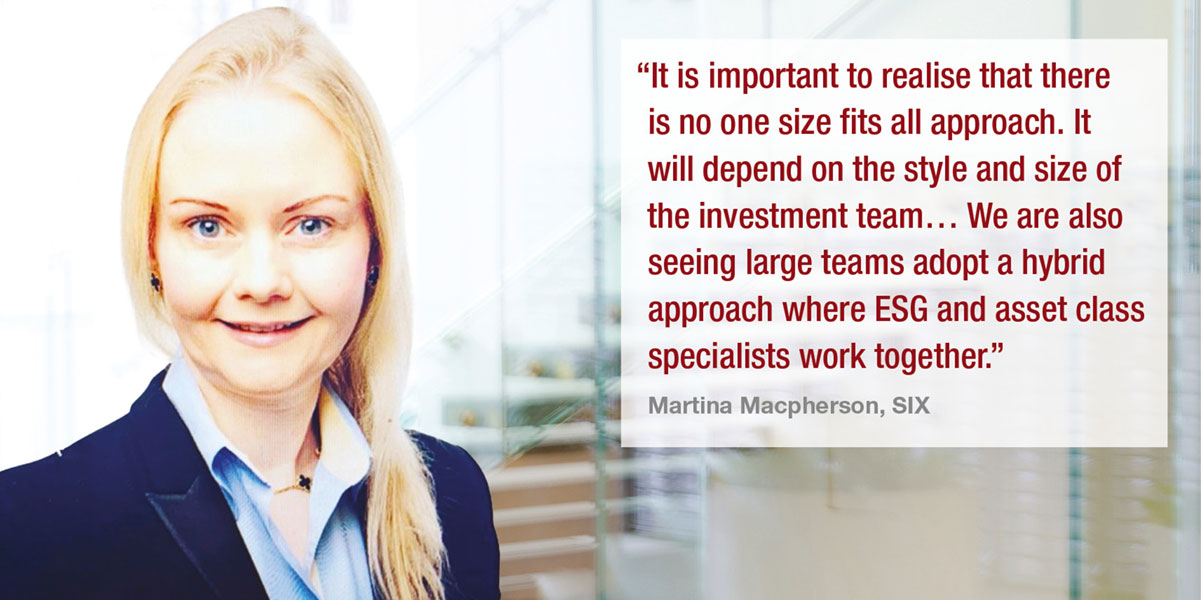
“It is important to realise that there is no one size fits all approach,” says Macpherson, who is also co-author of ESG Investing and Analysis – A Practitioner’s Guide. “It will depend on the style and size of the investment team. A common practice in Europe is to use the data provided as a benchmark and then build an internal scoring and rating model from different inputs that can be overlaid on top. We are also seeing large teams adopt a hybrid approach where ESG and asset class specialists work together.”
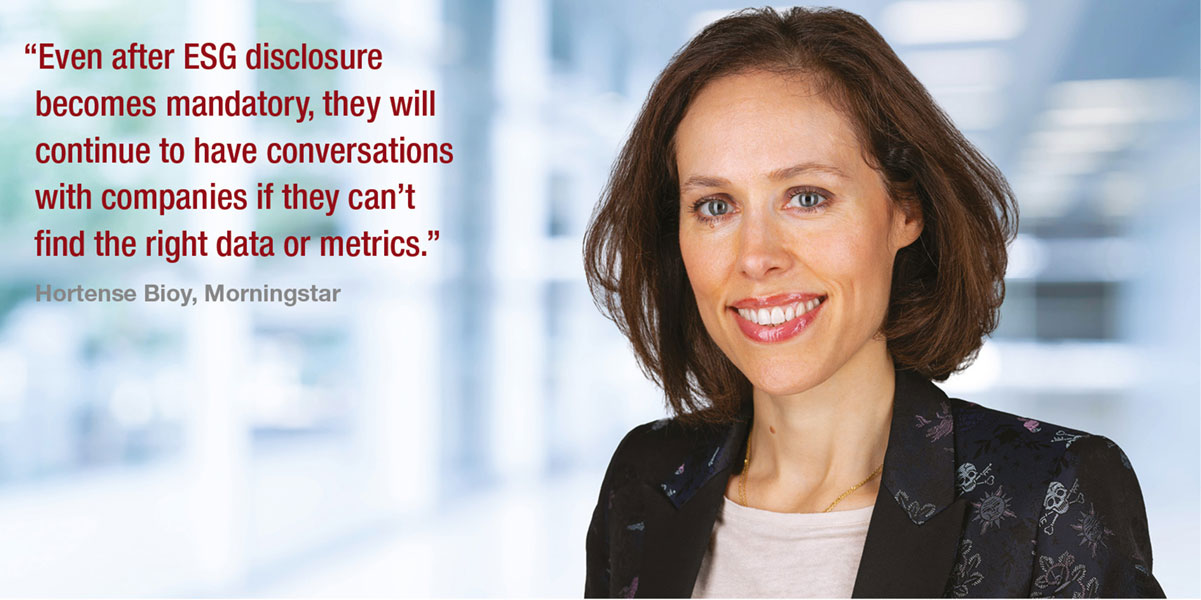
Hortense Bioy, global director of sustainability research at Morningstar, also said that today part of an analyst’s job is to engage with companies to fill in some of the gaps. “Even after ESG disclosure becomes mandatory, they will continue to have conversations with companies if they can’t find the right data or metrics,” she says. “It is also important to get a better understanding of not only what companies are doing today but also their plans for the future in terms of becoming and growing as a sustainable company.”
©Markets Media Europe 2022

